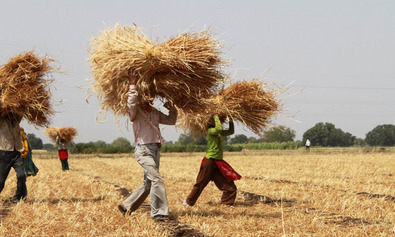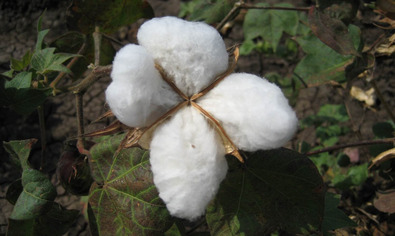Site description India
In India, the project is located in Madhya Pradesh State, in the Nimar Valley at about 200 – 300 m. a. s. l. The climate is semi-arid, with an average annual precipitation of 800 mm in a single peak monsoon season, usually lasting from mid-June to September. Temperature ranges from 15 - 49°C and is highest in May/June and lowest in December/January.
The research area can roughly be divided into two main regions with distinct agricultural characteristics: the Narmada belt consisting of mainly fertile Vertisols that stretches approximately 5 km on both sides of the Narmada river, and the adjacent undulating upland with marginal Inceptisols and Entisols. Irrigation water is generally scarce, but efforts are made to improve infrastructure and access to water in high yield potential areas.
The major crops in the project region are cotton, soybean and wheat. In the past eight years genetically modified cotton has become very competitive and is currently grown on more than 90% of all farms in Madhya Pradesh. Pulses, maize, sorghum, pearl millet, or perennial crops such as sugar cane, castor, banana, guava and citrus are also grown in the region. Vegetables are only grown to a minor extent. However, dairy farming is economically important in central India and most local farming households own cattle.


 tap and then scroll down to the Add to Home Screen command.
tap and then scroll down to the Add to Home Screen command.